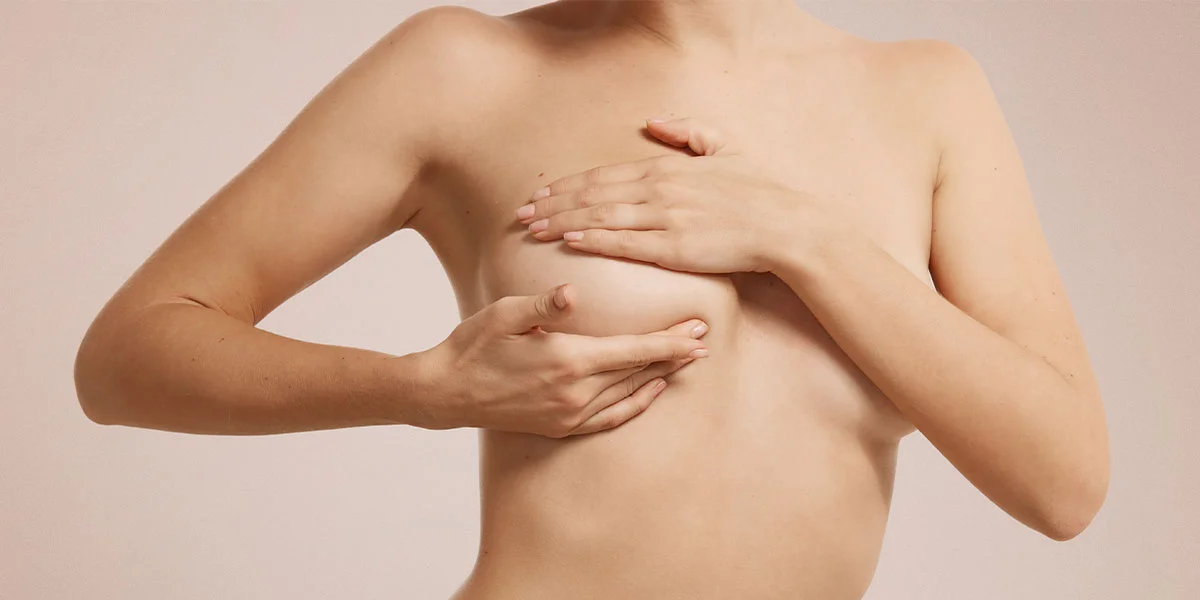Breast augmentation, also known as augmentation mammoplasty, is a surgical procedure designed to enhance the size, shape, and overall appearance of the breasts. It is one of the most commonly performed cosmetic surgeries worldwide. The procedure involves the use of breast implants or fat transfer to achieve a fuller and more proportionate look.
Who is a Good Candidate for Breast Augmentation?
Breast augmentation may be suitable for individuals who:
- Desire larger or more symmetrical breasts.
- Have experienced volume loss due to pregnancy, breastfeeding, or weight fluctuations.
- Wish to improve self-confidence and body image.
- Have realistic expectations regarding the results of the procedure.
Types of Breast Implants There are two main types of breast implants:
- Saline Implants: Filled with sterile saltwater, these implants offer a uniform shape and firmness. In case of rupture, the saline is naturally absorbed by the body.
- Silicone Gel Implants: These implants contain a cohesive silicone gel that closely mimics the feel of natural breast tissue. They are popular for their more natural look and feel.
Fat Transfer Breast Augmentation For individuals who prefer a more natural approach, fat transfer breast augmentation involves removing fat from other parts of the body via liposuction and injecting it into the breasts. This method is ideal for those seeking a modest increase in breast size.
The Breast Augmentation Procedure
- Consultation: The process begins with a consultation where the surgeon discusses the patient’s goals, medical history, and the most suitable approach.
- Anesthesia: The procedure is performed under general anesthesia to ensure patient comfort.
- Incision Placement: Common incision options include:
Inframammary (under the breast fold)
Periareolar (around the nipple)
Transaxillary (in the armpit) - Implant Placement: The implant is placed either under the breast tissue (subglandular) or beneath the chest muscle (submuscular), depending on the patient’s anatomy and desired outcome.
- Closure and Recovery: The incisions are closed with sutures, and the patient is provided with postoperative care instructions.
Recovery and Aftercare
- Mild swelling and discomfort are common in the first few days, which can be managed with prescribed medications.
- Most patients can return to light activities within a week, but strenuous exercise should be avoided for 4-6 weeks.
- Wearing a supportive bra is recommended to aid in healing and maintain the new breast shape.
- Follow-up appointments with the surgeon are essential to monitor recovery progress.

Frequently Asked Questions
1. How long do breast implants last?
Breast implants are not lifetime devices. While they can last 10-15 years or longer, some patients may require revision surgery due to natural aging, implant rupture, or personal preference.
2. Will I have visible scars?
Scars are minimal and strategically placed to be as inconspicuous as possible. Over time, they fade significantly.
3. Can I breastfeed after breast augmentation?
Many women can successfully breastfeed after breast augmentation, especially if the implants are placed under the muscle and the incision is made under the breast fold.
4. When will I see the final results?
Swelling and initial tightness may persist for a few months. Final results are typically visible around 3-6 months post-surgery.
Schedule a Consultation If you are considering breast augmentation, scheduling a consultation with an experienced plastic surgeon is the first step. At Dr. Buğra İpek’s clinic is dedicated to helping you achieve your aesthetic goals with personalized care and the latest surgical techniques. For more information or to book an appointment, visit www.drbugraipek.com or contact us today!



